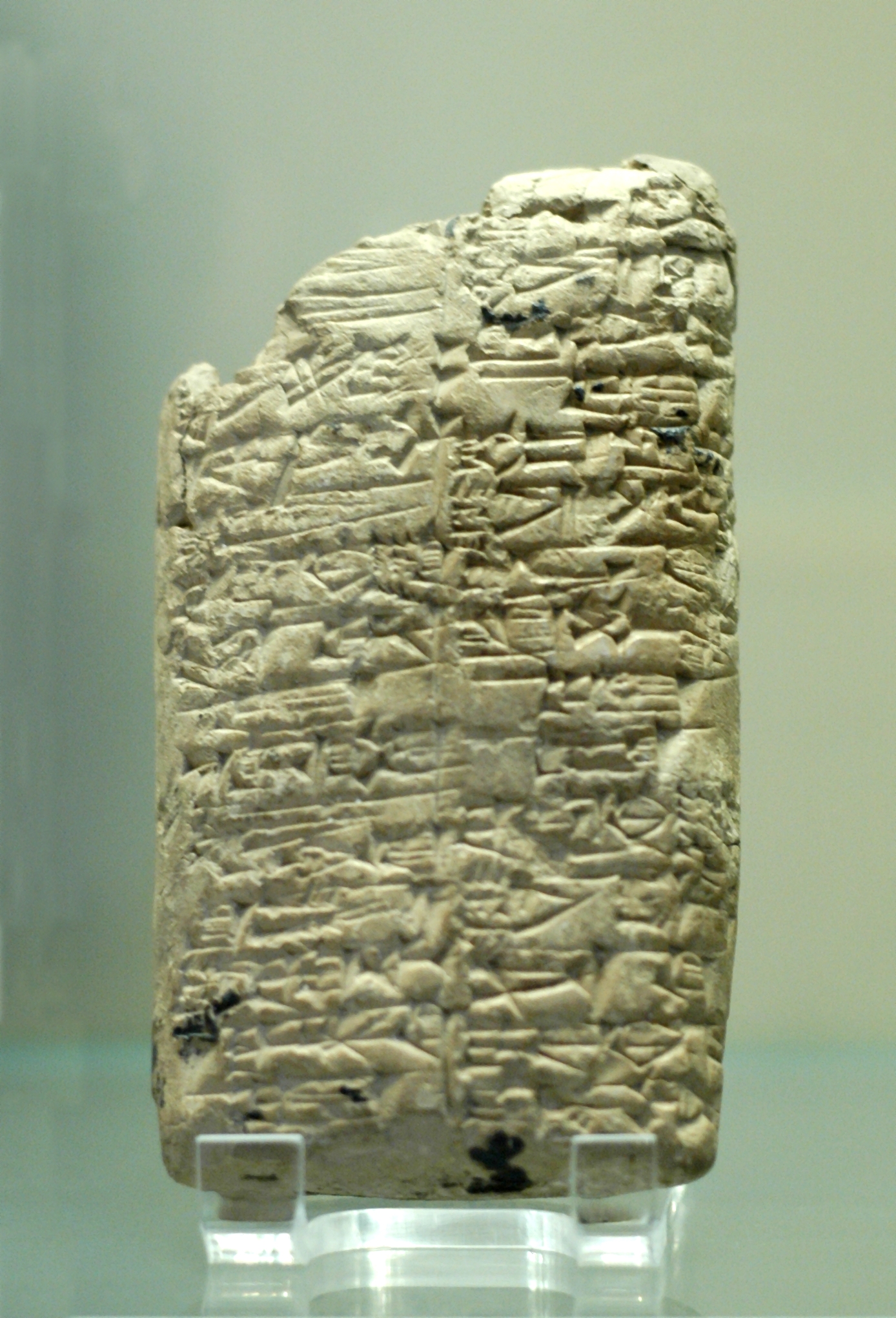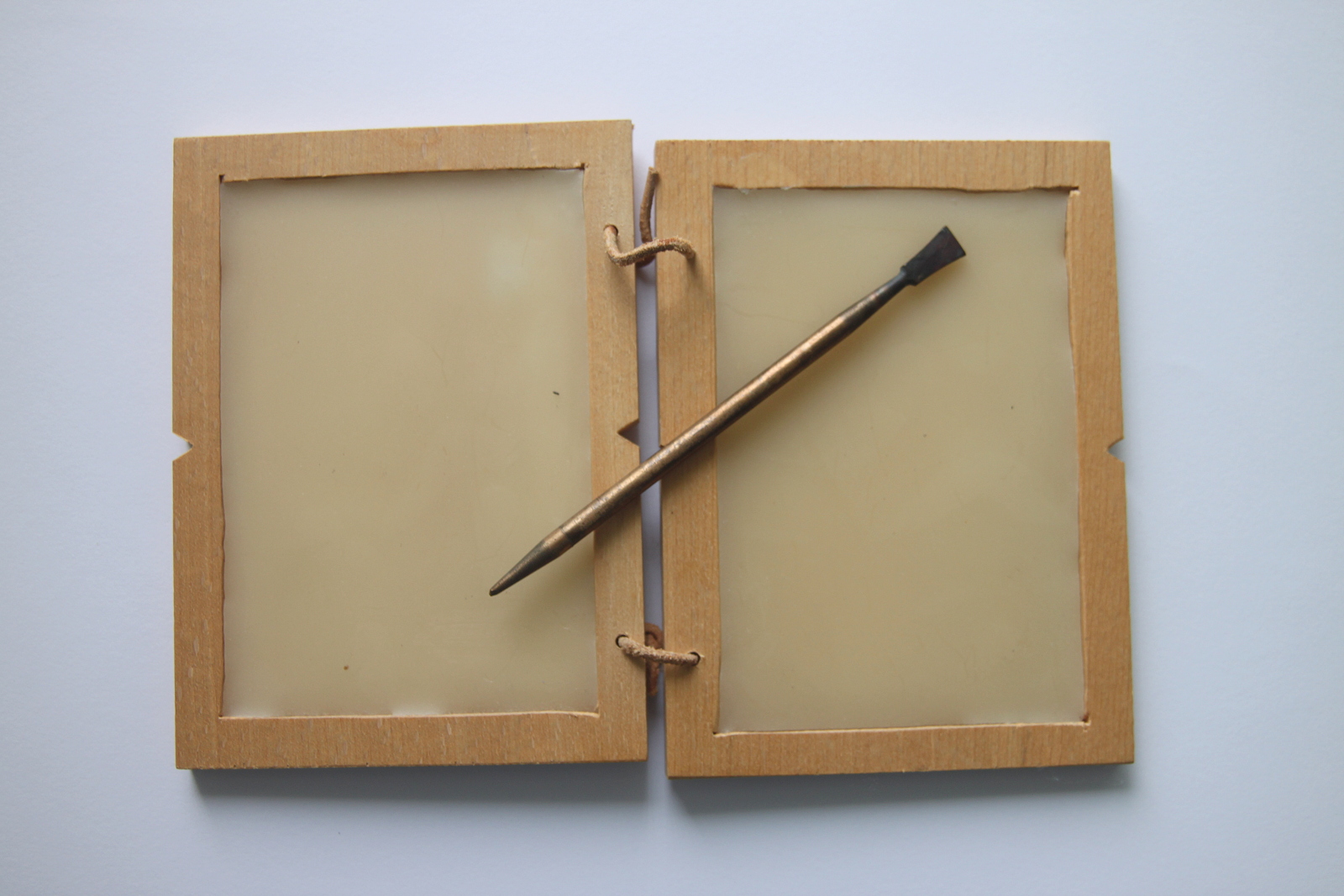|
Tribe Of Zebulun
According to the Hebrew Bible, the Tribe of Zebulun (alternatively rendered as ''Zabulon, Zabulin, Zabulun, Zebulon''; ) was one of the twelve tribes of Israel. Following the completion of the conquest of Canaan by the Israelite tribes in the Book of Joshua, Joshua allocated the land among the twelve tribes. The territory Zebulun was allocated was at the southern end of the Galilee, with its eastern border being the Sea of Galilee, the western border being the Mediterranean Sea, the south being bordered by the Tribe of Issachar, and the north by Asher on the western side and Naphtali on the eastern. Origin According to the Torah, the tribe consisted of descendants of Zebulun, the sixth son of Jacob and Leah, from whom it took its name. Some Biblical scholars, however, view this as postdiction, an eponymous metaphor providing an aetiology of the connectedness of the tribe to others in the Israelite confederation. With Leah as a matriarch, Biblical scholars believe the tri ... [...More Info...] [...Related Items...] OR: [Wikipedia] [Google] [Baidu] |
Hebrew Bible
The Hebrew Bible or Tanakh (;"Tanach" ''Random House Webster's Unabridged Dictionary''. Hebrew: ''Tānāḵh''), also known in Hebrew as Miqra (; Hebrew: ''Mīqrā''), is the Biblical canon, canonical collection of Hebrew language, Hebrew scriptures, including the Torah, the Nevi'im, and the Ketuvim. Different branches of Judaism and Samaritanism have maintained different versions of the canon, including the 3rd-century Septuagint text used by Second-Temple Judaism, the Syriac language Peshitta, the Samaritan Torah, the Dead Sea Scrolls, and most recently the 10th century medieval Masoretic Text, Masoretic text created by the Masoretes currently used in modern Rabbinic Judaism. The terms "Hebrew Bible" or "Hebrew Canon" are frequently confused with the Masoretic text, however, this is a medieval version and one of several ... [...More Info...] [...Related Items...] OR: [Wikipedia] [Google] [Baidu] |
Leah
Leah ''La'ya;'' from (; ) appears in the Hebrew Bible as one of the two wives of the Biblical patriarch Jacob. Leah was Jacob's first wife, and the older sister of his second (and favored) wife Rachel. She is the mother of Jacob's first son Reuben. She has three more sons, namely Simeon, Levi and Judah, but does not bear another son until Rachel offers her a night with Jacob in exchange for some mandrake root (, ''dûdâ'îm''). Leah gives birth to two more sons after this, Issachar and Zebulun, and to Jacob's only daughter, Dinah. Biblical narrative Overview Leah first appears in the Book of Genesis, in Genesis 29, which describes her as the daughter of Laban and the older sister of Rachel, and is said to not compare to Rachel's physical beauty and that she has tender eyes.) (Genesis 29:17). It is debated as to whether the adjective "tender" () should be taken to mean "delicate and soft" or "weary". Some translations say that it may have meant blue or light colored ... [...More Info...] [...Related Items...] OR: [Wikipedia] [Google] [Baidu] |
Archibald Sayce
The Rev. Archibald Henry Sayce (25 September 18454 February 1933) was a pioneer British Assyriologist and linguist, who held a chair as Professor of Assyriology at the University of Oxford from 1891 to 1919. He was able to write in at least twenty ancient and modern languages, and was known for his emphasis on the importance of archaeological and monumental evidence in linguistic research. He was a contributor to articles in the 9th, 10th and 11th editions of the ''Encyclopædia Britannica''.Important Contributors to the ''Britannica'', 9th and 10th Editions 1902encyclopedia.com. Retrieved 17 April 2017. Life Sayce was born in |
Papyrus
Papyrus ( ) is a material similar to thick paper that was used in ancient times as a writing surface. It was made from the pith of the papyrus plant, '' Cyperus papyrus'', a wetland sedge. ''Papyrus'' (plural: ''papyri'') can also refer to a document written on sheets of such material, joined side by side and rolled up into a scroll, an early form of a book. Papyrus is first known to have been used in Egypt (at least as far back as the First Dynasty), as the papyrus plant was once abundant across the Nile Delta. It was also used throughout the Mediterranean region. Apart from a writing material, ancient Egyptians employed papyrus in the construction of other artifacts, such as reed boats, mats, rope, sandals, and baskets. History Papyrus was first manufactured in Egypt as far back as the fourth millennium BCE.H. Idris Bell and T.C. Skeat, 1935"Papyrus and its uses"(British Museum pamphlet). The earliest archaeological evidence of papyrus was excavated in 2012 an ... [...More Info...] [...Related Items...] OR: [Wikipedia] [Google] [Baidu] |
Clay Tablet
In the Ancient Near East, clay tablets (Akkadian ) were used as a writing medium, especially for writing in cuneiform, throughout the Bronze Age and well into the Iron Age. Cuneiform characters were imprinted on a wet clay tablet with a stylus often made of reed ( reed pen). Once written upon, many tablets were dried in the sun or air, remaining fragile. Later, these unfired clay tablets could be soaked in water and recycled into new clean tablets. Other tablets, once written, were either deliberately fired in hot kilns, or inadvertently fired when buildings were burnt down by accident or during conflict, making them hard and durable. Collections of these clay documents made up the first archives. They were at the root of the first libraries. Tens of thousands of written tablets, including many fragments, have been found in the Middle East. Surviving tablet-based documents from the Minoan/ Mycenaean civilizations, are mainly those which were used for accounting. Tablets ... [...More Info...] [...Related Items...] OR: [Wikipedia] [Google] [Baidu] |
Stylus
A stylus (plural styli or styluses) is a writing utensil or a small tool for some other form of marking or shaping, for example, in pottery. It can also be a computer accessory that is used to assist in navigating or providing more precision when using touchscreens. It usually refers to a narrow elongated staff, similar to a modern ballpoint pen. Many styluses are heavily curved to be held more easily. Another widely used writing tool is the stylus used by blind users in conjunction with the slate for punching out the dots in Braille. Etymology The English word ''stylus'' has two plurals: ''styli'' and ''styluses''. The original Latin word was spelled ; the spelling ''stylus'' arose from an erroneous connection with Greek (), 'pillar'.'' Oxford Latin Dictionary'', s.v. "stilus" (2012). The Latin word had several meanings, including "a long, sharply pointed piece of metal; the stem of a plant; a pointed instrument for incising letters; the stylus (as used in literary co ... [...More Info...] [...Related Items...] OR: [Wikipedia] [Google] [Baidu] |
Assyria
Assyria (Neo-Assyrian cuneiform: , romanized: ''māt Aššur''; syc, ܐܬܘܪ, ʾāthor) was a major ancient Mesopotamian civilization which existed as a city-state at times controlling regional territories in the indigenous lands of the Assyrians from the 21st century BC to the 14th century BC, then to a territorial state, and eventually an empire from the 14th century BC to the 7th century BC. Spanning from the early Bronze Age to the late Iron Age, modern historians typically divide ancient Assyrian history into the Early Assyrian ( 2600–2025 BC), Old Assyrian ( 2025–1364 BC), Middle Assyrian ( 1363–912 BC), Neo-Assyrian (911–609 BC) and post-imperial (609 BC– AD 630) periods, based on political events and gradual changes in language. Assur, the first Assyrian capital, was founded 2600 BC but there is no evidence yet discovered that the city was independent until the collapse of the Third Dynasty of Ur in the 21st century BC, when a line of independent ... [...More Info...] [...Related Items...] OR: [Wikipedia] [Google] [Baidu] |
Song Of Deborah
According to the Book of Judges, Deborah ( he, דְּבוֹרָה, ''Dəḇōrā'', "bee") was a prophetess of the God of the Israelites, the fourth Judge of pre-monarchic Israel and the only female judge mentioned in the Bible. Many scholars contend that the phrase, "a woman of Lappidot", as translated from biblical Hebrew in Judges 4:4 denotes her marital status as the wife of Lappidot.Van Wijk-Bos, Johanna WH. ''The End of the Beginning: Joshua and Judges''. Wm. B. Eerdmans Publishing, 2019. Alternatively, "lappid" translates as "torch" or "lightning", therefore the phrase, "woman of Lappidot" could be referencing Deborah as a "fiery woman." Deborah told Barak, an Israelite general from Kedesh in Naphtali, that God commanded him to lead an attack against the forces of Jabin king of Canaan and his military commander Sisera (Judges 4:6–7); the entire narrative is recounted in chapter 4. Judges chapter 5 gives the same story in poetic form. This passage, often called ''The ... [...More Info...] [...Related Items...] OR: [Wikipedia] [Google] [Baidu] |
Matriarch
Matriarchy is a social system in which women hold the primary power positions in roles of authority. In a broader sense it can also extend to moral authority, social privilege and control of property. While those definitions apply in general English, definitions specific to anthropology and feminism differ in some respects. Matriarchies may also be confused with matrilineal, matrilocal, and matrifocal societies. While there are those who may consider any non-patriarchal system to be matriarchal, most academics exclude those systems from matriarchies as strictly defined. Definitions, connotations, and etymology According to the ''Oxford English Dictionary'' (''OED''), matriarchy is a "form of social organization in which the mother or oldest female is the head of the family, and descent and relationship are reckoned through the female line; government or rule by a woman or women."''Oxford English Dictionary'' (online), entry ''matriarchy'', as accessed November 3, 2013. A p ... [...More Info...] [...Related Items...] OR: [Wikipedia] [Google] [Baidu] |
Aetiology
Etiology (pronounced ; alternatively: aetiology or ætiology) is the study of causation or origination. The word is derived from the Greek (''aitiología'') "giving a reason for" (, ''aitía'', "cause"); and ('' -logía''). More completely, etiology is the study of the causes, origins, or reasons behind the way that things are, or the way they function, or it can refer to the causes themselves. The word is commonly used in medicine (pertaining to causes of disease) and in philosophy, but also in physics, psychology, government, geography, spatial analysis, theology, and biology, in reference to the causes or origins of various phenomena. In the past, when many physical phenomena were not well understood or when histories were not recorded, myths often arose to provide etiologies. Thus, an etiological myth, or origin myth, is a myth that has arisen, been told over time or written to explain the origins of various social or natural phenomena. For example, Virgil's ''Aeneid'' is ... [...More Info...] [...Related Items...] OR: [Wikipedia] [Google] [Baidu] |
Metaphor
A metaphor is a figure of speech that, for rhetorical effect, directly refers to one thing by mentioning another. It may provide (or obscure) clarity or identify hidden similarities between two different ideas. Metaphors are often compared with other types of figurative language, such as antithesis, hyperbole, metonymy, and simile. One of the most commonly cited examples of a metaphor in English literature comes from the " All the world's a stage" monologue from '' As You Like It'': All the world's a stage, And all the men and women merely players; They have their exits and their entrances And one man in his time plays many parts, His Acts being seven ages. At first, the infant... :—William Shakespeare, '' As You Like It'', 2/7 This quotation expresses a metaphor because the world is not literally a stage, and most humans are not literally actors and actresses playing roles. By asserting that the world is a stage, Shakespeare uses points of comparison between the world a ... [...More Info...] [...Related Items...] OR: [Wikipedia] [Google] [Baidu] |








